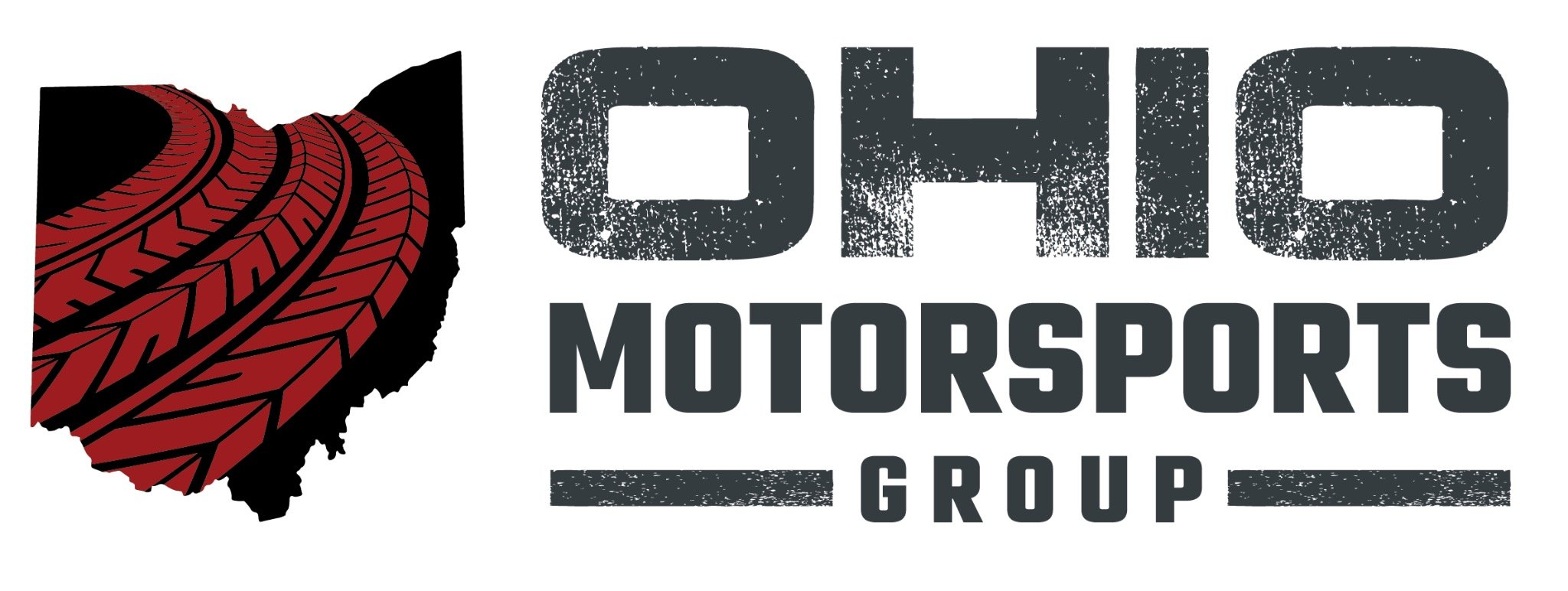Blurb from the SAE page:
http://www.sae.org/servlets/pdEvent?OBJECT_TYPE=PDEventInfo&PAGE=getPDEventInfo&EVT_NAME=C0602
.D.# C0602 Printable Description
Duration: 1 Day May 22, 2006 (8:30 a.m. - 4:30 p.m. ) - Troy, Michigan
December 13, 2006 (8:30 a.m. - 4:30 p.m. ) - Orlando, Florida
The engine control module (ECM, or on-board computer) is the tool used to control the fuel injection rate, fuel injection timing, ignition timing, rate of exhaust gas recirculation (EGR), and other functions. The task of "programming" the ECM is much easier for a race engine than for a production engine because the calibration engineer does not need to be concerned about emissions: EGR, keeping the exhaust catalyst "happy", etc..
This course provides a practical introduction to ECMs, including the uses for the various sensors. It also covers the specific methods used to incorporate the various sensor signals into the ECM's control systems for the fuel injection rate, fuel injection timing, and ignition timing. Background information will include an understanding of the desired air/fuel ratio and optimum ignition timing. While examples are tailored around the application of the ECM to Formula SAE race engines, this course is useful for improving any engineer's understanding of the functions of the ECM for other types of race engines as well as production engines.
Benefits of Attending
By attending this seminar, you will be able to:
Describe the functions of the crank position sensor, cam position sensor, intake air temperature sensor, manifold air pressure sensor, mass air flow sensor, exhaust "oxygen" or lambda sensor, throttle position sensor, engine coolant temperature sensor, and knock sensor
Explain how the ECM controls the fuel injection rate, fuel injection timing, and ignition timing
Interpret base look-up tables, multipliers, and adders
Develop base look-up tables, multipliers, and adders
Who Should Attend
Anyone interested in engine calibration/programming the on-board computer, especially for race engines. At a minimum, classification as at least a junior in a curriculum leading to a BS degree in engineering or experience in engine development is necessary background for taking this course.
Seminar Content
Basic engine theory
Relationships between torque, brake specific fuel consumption, engine design parameters, engine operating conditions, and four fundamental efficiencies (volumetric, combustion, indicated thermal, and mechanical)
Effects of fuel/air equivalence ratio
Effects of load
Effects of engine speed
MBT and LBT
Goals for race engines
Goals for production engines
Correction factors
Engine sensors--the need for and use of:
Crank position sensor
Cam position sensor
Intake air temperature sensor
Manifold air pressure sensor
Mass air flow sensor (if used)
Exhaust "oxygen" or lambda sensor
Throttle position sensor
Engine coolant temperature sensor
Knock sensor
Air/fuel ratio control
Base pulse width look-up table for speed-density systems
Benefits of MAF systems
Multipliers
Ignition timing control
Base ignition timing look-up table
Adders
Instructor(s): Ronald D. Matthews
Professor Ron Matthews is Head of the General Motors Foundation Engines Research Laboratory on the campus of the University of Texas at Austin. He has been actively involved in engines research for 35 years, including engine control systems since the initial introduction of on-board computers. He is a Fellow of the SAE. He founded the Formula SAE competition in 1981 and has been the Faculty Advisor for a Formula SAE team each year since. He has been author or co-author on ever 200 technical papers and reports, mostly in the field of engines.
Fees: $685 ; SAE Members: $595 Fee includes lunch and refreshments
Special Student Rate - $195
.65 CEUs
A fellow gearhead and I will be headed out to the land of M to see what we can pick up from the boys of GM. Just wanted to share.







